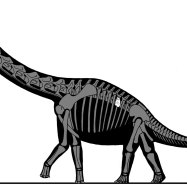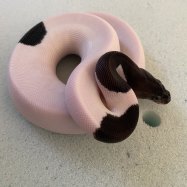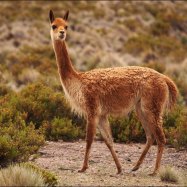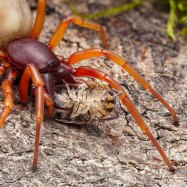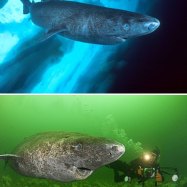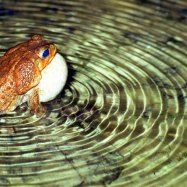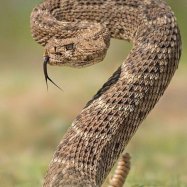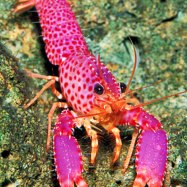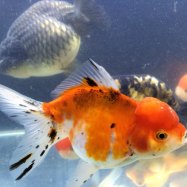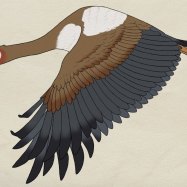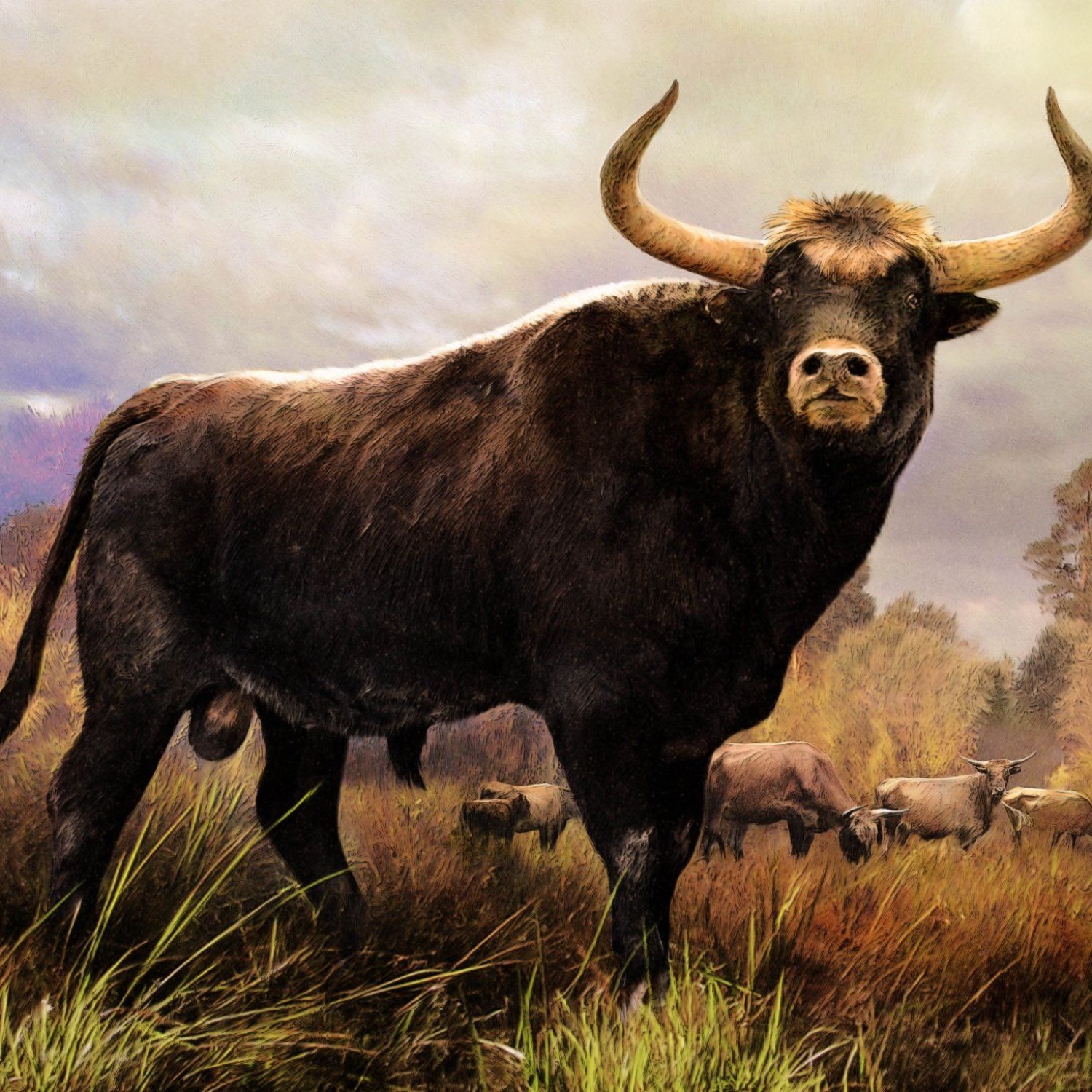
Aurochs
2.5 to 3 meters
The Aurochs, a now-extinct species that once roamed the Earth, were large and robust animals, measuring up to 2.5 to 3 meters in length. Belonging to the Bovidae family, these magnificent creatures were once widespread, but sadly, they are no longer found in the wild. Despite their extinction, we continue to learn about these magnificent animals and their important role in our ecosystem. #Aurochs #ExtinctSpecies #Biodiversity
Animal Details Summary:
Common Name: Aurochs
Kingdom: Animalia
Habitat: Grasslands, Wetlands, Forests
The Mighty Aurochs: An Iconic Animal of the Past
For thousands of years, the Aurochs roamed the vast grasslands and forests of Europe, Asia, and Africa. This majestic animal, scientifically known as Bos primigenius, was the ancestor of modern domesticated cattle. With its massive body and dark brown to black coloration, the Aurochs was a formidable sight to behold.The Origins of the Aurochs
Believed to have evolved around two million years ago, the Aurochs was a species of wild cattle that inhabited various habitats, including grasslands, wetlands, and forests Aurochs. Its name comes from the ancient Germanic word "ur" meaning "wild ox," and "ochsen" meaning "oxen," reflecting the animal's strength and wild nature.The Aurochs' Classification
The Aurochs belonged to the Animalia kingdom, which encompasses all animals. Its phylum was Chordata, which includes vertebrates with a spinal cord. As a mammal, the Aurochs was a member of the class Mammalia, characterized by its warm-bloodedness and the production of milk to feed its young. Within the mammal class, the Aurochs belonged to the order Artiodactyla, meaning "even-toed" animals, a classification that includes cattle, deer, and pigs. As a member of the order Artiodactyla, the Aurochs was part of the family Bovidae, which includes cattle, goats, and sheep.The Habitat and Diet of the Aurochs
The Aurochs was a versatile animal that could thrive in various habitats, including grasslands, wetlands, and forests. However, it preferred open grasslands with abundant water sources. This allowed them to graze on the diverse vegetation available in these areas Annas Hummingbird. The Aurochs was a herbivore, which means it mainly ate plants and grasses. Its diet consisted of grasses, herbs, and shrubs, and it was known to migrate in search of food.The Auroch's Geographical Distribution and Country of Origin
The Aurochs was once widespread across Europe, Asia, and Africa. It was prevalent throughout the continent of Europe, with historical records dating back to ancient Greece and Gaul. It was also found in parts of Asia, such as the Caucasus region and the Middle East. In Africa, the Aurochs was present in northern regions such as Egypt and Libya.Europe is considered the country of origin for the Aurochs. It is believed that the species originated in the Middle East and then spread to Europe through migration or human intervention. It was also introduced to other continents by humans.
The Aurochs' Appearance and Physical Characteristics
One of the Aurochs' most striking physical features was its size and robustness. It was a large animal, with the average height at the shoulder reaching up to two meters. Its body could stretch from 2.5 to 3 meters in length, making it comparable in size to today's bison.The Aurochs' coat coloration ranged from dark brown to black, with a lighter-colored muzzle and underbelly. Its coat was thick and helped protect the animal from harsh weather conditions, making it well-adapted to survive in different habitats. The animal had curved horns that were thick and could reach up to a meter in length.
The Extinction of the Aurochs
Sadly, the Aurochs went extinct in the 17th century due to hunting and habitat loss. Its demise was also attributed to human interference, as the Aurochs was hunted for its meat, fur, and horns. The rise of agriculture and the domestication of cattle also contributed to its extinction, as humans preferred smaller and more docile cattle for farming purposes.The Auroch's Legacy and Impact on Human Culture
Despite its extinction, the Aurochs has left a lasting impact on human culture and history. Its impressive size and strength have been depicted in ancient paintings, such as the famous Lascaux cave paintings in France. The Aurochs has also been a symbol of strength, courage, and freedom in many cultures throughout history. Its images have been found on coins, flags, and coats of arms, representing its significance in society.Today, the Aurochs continues to inspire conservation efforts and is often used as a symbol for promoting wildlife conservation. Several breeding programs have attempted to revive the species, but none have been successful in producing animals that are genetically identical to the original Aurochs.
In Conclusion
The Aurochs was a magnificent animal with a significant impact on human history. Its massive body, impressive horns, and wild nature made it an iconic symbol of the past. Though it may be gone, its legacy lives on, reminding us of the importance of preserving our natural world and the animals that inhabit it. Through continued efforts in conservation and awareness, we can honor the legacy of the mighty Aurochs for generations to come.

Aurochs
Animal Details Aurochs - Scientific Name: Bos primigenius
- Category: Animals A
- Scientific Name: Bos primigenius
- Common Name: Aurochs
- Kingdom: Animalia
- Phylum: Chordata
- Class: Mammalia
- Order: Artiodactyla
- Family: Bovidae
- Habitat: Grasslands, Wetlands, Forests
- Feeding Method: Herbivore
- Geographical Distribution: Europe, Asia, Africa
- Country of Origin: Europe
- Location: Extinct (formerly widespread)
- Animal Coloration: Dark brown to black
- Body Shape: Large and robust
- Length: 2.5 to 3 meters
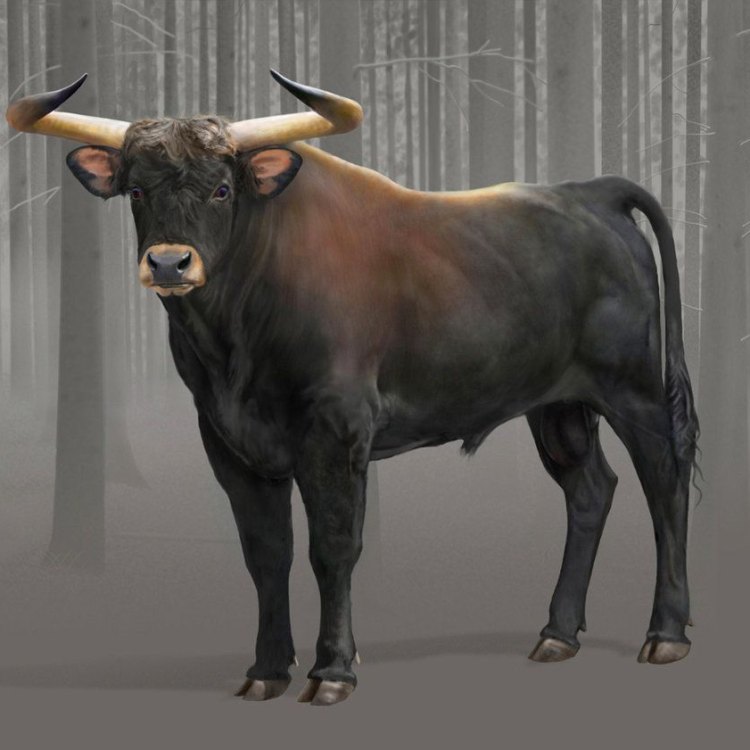
Aurochs
- Adult Size: Height at the shoulder: 1.5 to 1.85 meters
- Average Lifespan: Unknown
- Reproduction: Sexual
- Reproductive Behavior: Polygynous
- Sound or Call: Unknown
- Migration Pattern: Unknown
- Social Groups: Herd
- Behavior: Sedentary
- Threats: Hunting, Habitat loss
- Conservation Status: Extinct
- Impact on Ecosystem: Significant ecological impact
- Human Use: Hunted for meat, domesticated as cattle
- Distinctive Features: Long horns, muscular build
- Interesting Facts: Aurochs are the ancestors of domesticated cattle
- Predator: None
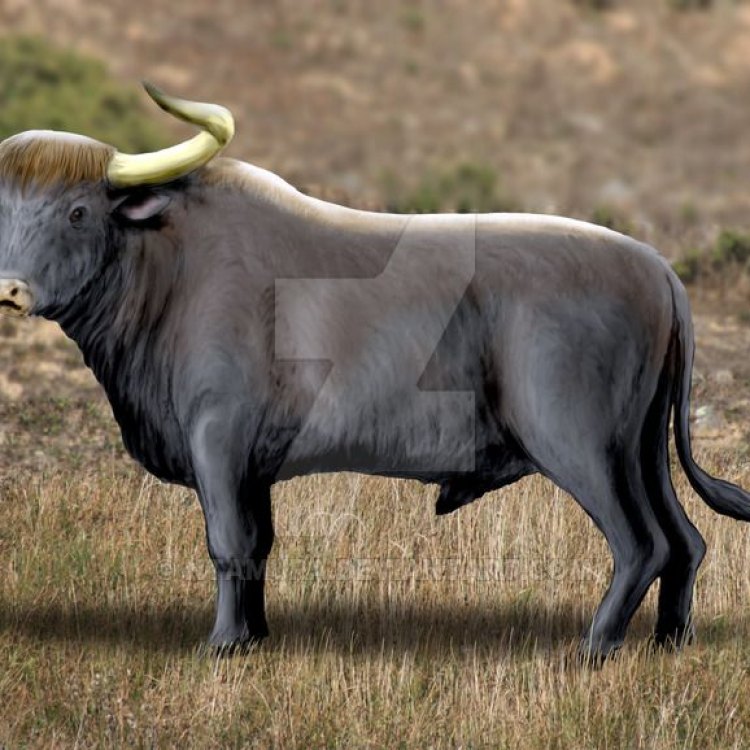
Bos primigenius
The Enigmatic Aurochs: An Extinct Species with a Significant Ecological Impact
The earth is full of wonders, and the creatures that walk upon it are what make it truly extraordinary. From the small and delicate to the large and mighty, each animal has a unique role to play in the ecosystem. However, there are some species that have been lost to time, and their extinction has left a void in the natural world. One such species is the Aurochs PeaceOfAnimals.Com.The Aurochs, also known as the "ur wild ox," was a magnificent bovine species that once roamed the forests and grasslands of Eurasia and North Africa. They were the largest land mammals in their range and had a significant ecological impact on the areas they inhabited. In this article, we will explore the unique features, behavior, and impact of the Aurochs, and how its extinction has affected the ecosystem.
Adult Aurochs were a sight to behold, standing at an impressive height of 1.5 to 1.85 meters at the shoulder. They had a muscular build and were known for their powerful horns, which could grow up to 80 cm in length. These horns were both a weapon for defense and a display of dominance, often used to intimidate other males. Unlike other bovine species, both males and females had horns, although the male's were larger and more curved Alaskan Malamute.
The average lifespan of an Aurochs is unknown, but it is estimated to have been around 20 years. They were social animals and lived in herds, which were led by a dominant male. A herd could consist of up to 20 individuals, mainly females and their offspring. The reproductive behavior of Aurochs was polygynous, where one male would mate with multiple females. However, the exact mating rituals and courtship behaviors are unknown.
One of the most intriguing features of the Aurochs is the lack of information about its sound or call. Researchers have not been able to find any evidence of vocalizations made by these animals, making it difficult to understand their communication patterns. This mystery adds to the enigma surrounding these magnificent creatures.
Another aspect of the Aurochs that remains shrouded in mystery is their migration patterns. Due to the lack of written records from their time, it is challenging to determine if they were nomadic or sedentary animals. However, given that they were herbivores, it is likely that they would have roamed in search of food and water, similar to other large herbivores.
As mentioned earlier, Aurochs were a large and dominant species that played a significant role in their respective ecosystems. They were herbivores, feeding on grasses, herbs, and shrubs, and played an essential role in maintaining the balance of plant populations. Their hoofed feet also helped to till the soil, aiding in the spread of seeds and fertilization of the land. Their dung also served as a vital nutrient for the soil, making it more fertile for plant growth.
Furthermore, Aurochs had a significant ecological impact due to their grazing patterns. As they moved around, they would trample and graze on large areas of land, creating diverse and nutrient-rich habitats that were essential for other animals' survival. This made them a keystone species, as the presence of Aurochs had a direct impact on the diversity and health of the ecosystem.
Despite their massive size and dominance, Aurochs were not without their threats. The primary threat to their existence was human hunting. For thousands of years, humans had been hunting Aurochs for their meat, hides, and horns. As human populations grew and technology advanced, the hunting of Aurochs increased, leading to their eventual extinction.
However, humans did not solely rely on hunting Aurochs in the wild. Around 8,000 years ago, humans began domesticating and breeding Aurochs, giving rise to modern-day cattle. This domestication was a significant turning point in human history, as it allowed for a stable and reliable food source. It is also interesting to note that cattle are still an essential part of human culture and economy today, proving the Aurochs' enduring legacy.
The domestication of Aurochs also means that its distinct features, such as their long horns and muscular build, can still be seen in cattle breeds today. This is a testament to how closely related cattle are to their ancestors and how human intervention has drastically changed the course of evolution.
Despite being dominant in their ecosystems, Aurochs did not have any natural predators. Due to their size and strength, they were not easy targets for predators such as wolves or bears. However, their lack of natural predators may have contributed to their population decline, as their population was unable to balance itself and grew increasingly vulnerable to human hunting.
Today, the Aurochs are considered extinct, with the last recorded individual dying in Poland in 1627. However, the impact of its extinction can still be felt in the ecosystems it once inhabited. The loss of Aurochs has led to a decline in biodiversity and has changed the dynamics of the ecosystems they were a part of.
The absence of Aurochs has also affected the environment, as less grazing and trampling means that habitats have become less diverse. The once-fertile grazing fields have become overgrown, and the nutrient levels in the soil have decreased. This has not only affected plant populations but also the animals that relied on these habitats for survival.
The extinction of Aurochs is a reminder of how human actions can have a drastic and irreversible impact on the natural world. While we have made significant advancements in science and technology, we must remember to protect and preserve the environment and the creatures that call it home.
In conclusion, the Aurochs were a species shrouded in mystery, yet they left a significant mark on the world. Their long history of coexisting with humans and their impact on the ecosystem makes them an essential part of the earth's natural history. While we can only imagine what it would have been like to witness these magnificent creatures in their natural habitats, we must not forget their significance and the lessons we can learn from their extinction.
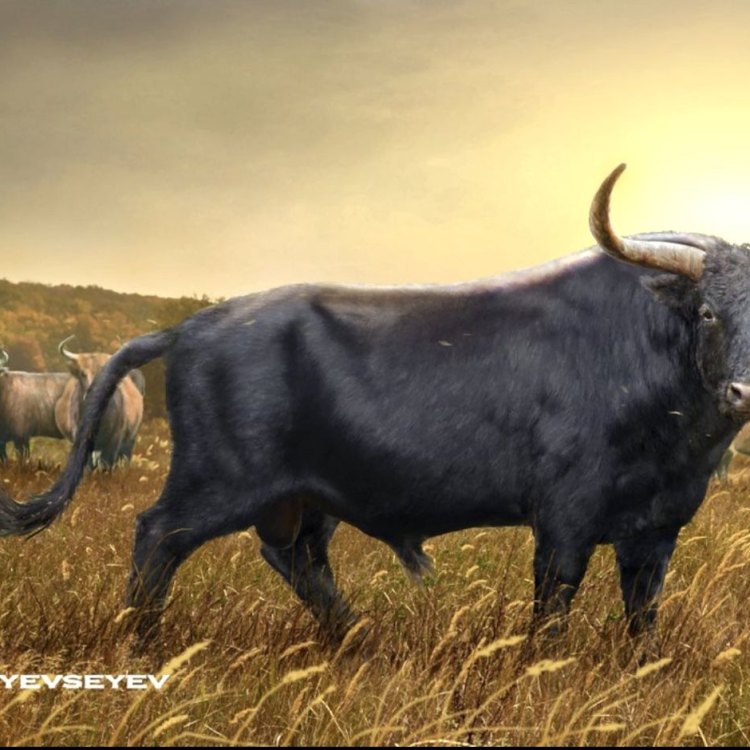
The Mighty Aurochs: An Iconic Animal of the Past
Disclaimer: The content provided is for informational purposes only. We cannot guarantee the accuracy of the information on this page 100%. All information provided here may change without prior notice.

